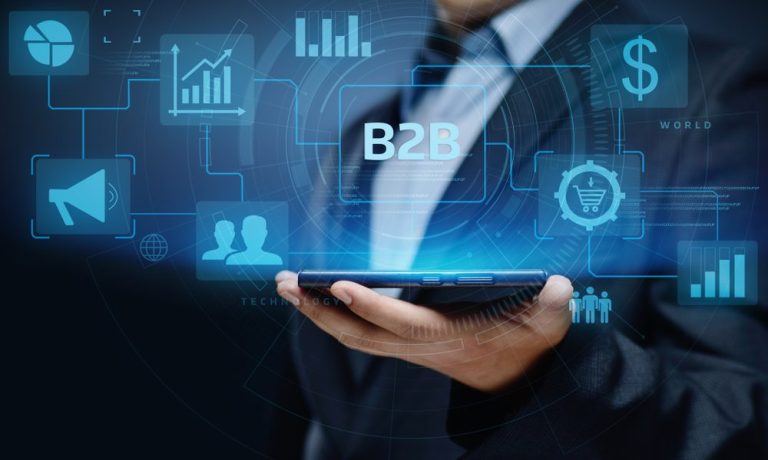Unless you are a fan of paper cuts and ink smudges, take a moment to give it up for Spain.
The country is the latest nation to help push B2B payments into the digital age. The developments come amid increasing regulatory focus around the globe on moving those transactions away from mistake- and fraud-prone analog processes.
At stake? Hundreds of millions of dollars in savings, if not more, plus the potential for a more robust supply chain in certain areas.
Spain’s Move
Spanish authorities recently launched an online platform that government contractors can use to submit electronic invoices. On June 30, a law went into effect that mandated the electronic submission of public procurement contracts of €5,000 (about $5,700) or more.
“The subcontractors must submit invoices to” that online platform, one English translation of the process explained. “The main contractor must fetch the eInvoice from (the platform). No direct exchange of invoices will be allowed. The main contractor must use (the platform) to reject an invoice, while the subcontractor is also required to use (the platform) to issue rectification documents and new invoices.”
Advertisement: Scroll to Continue
Though the process initially is focused on government work — business-to-government (B2G) — observers point to the likelihood that that the platform will attract business-to-business (B2B) transactions, as the platform is available for voluntary use for B2B eInvoicing, according to reports.
Other European countries — for instance, Italy and Germany — have taken similar steps, and the European Union is backing that push toward more digitization for B2G and B2B invoicing and transactions. An EU mandate calls for member countries to define B2G electronic invoicing rules by November.
“From a U.S. perspective, another date in the EU’s adoption of eInvoicing may be more significant,” reads another analysis. On April 18, 2019, the EU is set to “introduce an interoperable, common standard for all B2G trade in Europe. This eInvoicing standard has been designed to counteract the complexity of the wide variety of eInvoicing formats throughout Europe and facilitate cross-border trade in the EU.”
U.S.’s Digital Push
The regulatory push to move B2G — and B2B — invoicing to digital from analog is not confined to Europe, of course.
In the United States, the federal Office of Management and Budget has officially backed the use of electronic invoices since 2015 and has directed agencies to use that payment method for all contractors by the end of fiscal 2018 — that is, Sept. 30.
That’s a big job — one big enough to impact B2B payments. The federal government processes some 19 million invoices annually, about 40 percent of them in paper form. According to the Office of Management and Budget, eInvoicing could yield up to $260 million in savings for the government every year.
“If you supply the U.S. federal government and want to continue to do so, you need to issue invoices electronically,” said Greg Horton, product marketing director for OpenText Business Network, a B2B services provider.
B2B Impact
That will certainly influence B2B payments, he added, echoing the views of other observers and reports.
“It is becoming more and more evident that governments want to see private business adopt eInvoicing with their business partners,” Horton added. “And, they’d like for this to extend from invoicing into other areas of your business. We’re currently seeing the carrot.”
If so, that carrot is being offered at a time that B2B payments — and this is about as politely as you can describe it — remains stuck in the dark ages.
As discussed during a recent PYMNTS webinar, 64 percent of B2B payments are still made with checks, even though 67 percent of consumer payments are made electronically. Reliance on paper — on analog, not digital — costs time and money. The average paper invoice takes $17 and 10 days to process — in fact, the entire lifecycle of a B2B transaction stands at 34 days in the U.S. market, according to statistics provided during that webinar by Vijay Ramnathan, senior vice president of product management and strategy at Comdata.
Both the EU and the U.S. federal government are helping to push B2G payments further into the digital world with regulatory motivation that could, over time, discourage the use of those expensive paper invoices — and checks — in B2B payments.

